Inspection System for Glass Nonwoven Production
Optical inspection of fiberglass nonwovens for medical and construction products focuses on detecting defects and unevenly distributed fibers, which could impair durability or filter effectiveness. The camera-based inspection system combines the detection and visualization of defects to quickly identify their causes.
Glass fibers have very useful physical and chemical properties such as hardness, transparency as well as insensitivity to chemicals. In addition, there are strength, flexibility and high stiffness, which result from processing the glass as a fiber. Glass fiber nonwovens are therefore used in numerous composite materials, such as printed circuit boards and many other specialty products. Applications range from infrastructure, construction, pipe and tank manufacturing and transportation to consumer goods, oil, gas and chemical industries and many other industrial applications.
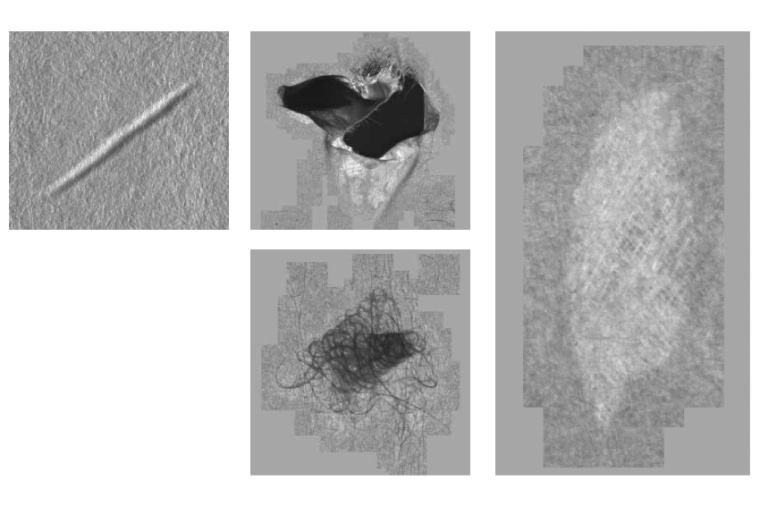
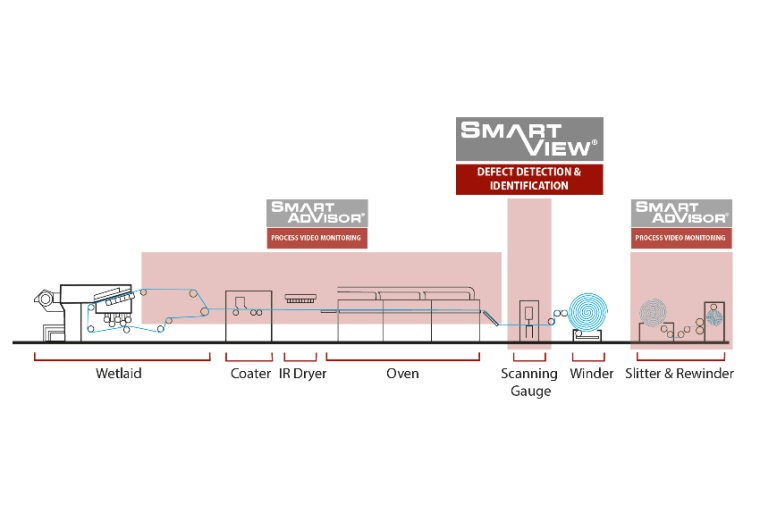
Glass fiber nonwovens are equally suitable as filter media, where media thickness, fiber diameter, fiber orientation, and pore size distribution determine the essential properties. The main benefit of inspecting fiberglass nonwovens is the detection of defects and formation weaknesses in the fibers, which could affect durability or filtration efficiency. In addition, a complete inspection of the fiberglass webs provides a comprehensive understanding of the web formation process during ongoing production. Any defects that occur are detected and localized as they arise, enabling targeted root cause analysis.
The nonwovens are produced on lines with very different capacities. It is essential to constantly optimize the use of raw materials and chemicals. The optimum distribution of the glass fibers in a water-fiber suspension is important here, as the fibers require sufficient space to align and distribute themselves optimally in the nonwoven during the process.
Fiberglass nonwovens with increasing inspection requirements
The global surge in demand for buildings and homes continues unabated, leading to an increasing need for construction materials. Manufacturers are responding by developing products that are increasingly easier and faster to apply, while requiring less finishing than, say, plasters or paints. An important part of these developments is based on wet-laid nonwovens made of glass fiber material. For example, conventionally used materials, such as papers and boards as top and backing layers for gypsum board and polyiso roofing panels, are increasingly being replaced by coated nonwovens made of glass fibers.
Glass fiber nonwovens are increasingly being used in applications with higher aesthetic requirements, such as ceiling tiles and wallpaper. The more traditional applications for fiberglass nonwovens, where aesthetics are less of a priority - for example, as reinforcement for vinyl flooring, carpets and bituminous roofing - require flatter materials with higher tensile strength at the same time.
The use of glass fibers as filter material and battery separators requires a homogeneous distribution of the glass fiber in the nonwoven. The overall increased demands on glass fiber nonwovens in specific applications require that the producers of glass fiber nonwovens continuously improve the properties of their products.
To meet the requirements of end users, homogeneous nonwovens with optimum fiber distribution are increasingly in demand. This is where Ametek Surface Vision's Smartview inspection system comes into play, providing seamless documentation of nonwoven quality.
Two inspection solutions for glass fibers
For the inspection of glass fibers, Ametek Surface Vision offers the solutions Smartview for web inspection and Smartadvisor for web monitoring. Both systems can be used individually or in combination with the Smartsync platform. This vision solution combines Smartview, which detects and classifies defects, with Smartadvisor's process-monitoring camera technology. The operating personnel of the production plant can thus quickly and specifically determine the causes of irregularities in production, quickly detect defects and immediately take the necessary corrective measures.
An integrated error map provides an overview of the process quality. The detected defects are displayed in high-resolution video recordings of the corresponding process steps. The distributed arrangement of synchronized cameras over the entire production process enables seamless tracking of defect development. In addition, all image data and defect information are available in a database, where they are available for analysis in conjunction with a comprehensive reporting system.
Customized process monitoring system
The Smartview system offers a selection of cameras and illumination types tailored to the detection of defects in glass fiber web production. Here, in addition to proven optical components, a selection of illuminators is available to reliably detect, for example, topographical defects such as wrinkles or impurities, missing binder or other damage to the nonwoven. At the same time, a patented cleaning system reduces maintenance requirements, while cooling components embedded in the mechanical design allow the system to be installed close to a dryer section.
Web monitoring
Smartadvisor's web monitoring technology enables the capture and storage of web breaks and corresponding web defects, from inception to impact.
For process analysis, high-resolution high-speed cameras monitor the production seamlessly. This technology has been in use for a long time in the paper, plastics, nonwovens and metal industries. The cameras provide time-synchronized views that automatically take into account the web speed and the location of the image. The progress of a product in the production process can thus be tracked automatically and seamlessly. Smartadvisor also enables continuous recording of videos up to a total duration of 72 hours. The scan-back function supports the user in clearly identifying the causes of malfunctions.
Conclusion
With the increasing use of glass fibers in nonwoven applications, the need for precise and automated optical inspection is also growing. The combination of detection and visualization of defects ensures that their causes can be identified. By using an automated inspection system, manufacturers of nonwoven glass fibers can ensure the quality of their products, increase yield and significantly reduce customer complaints.
Author
Volker Kölmel, Global Manager Plastic, Nonwovens & Paper
Company
Ametek GmbHRudolf-Diesel-Str. 16
40670 Meerbusch
Germany
most read
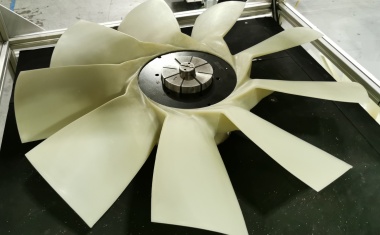
A New Approach to Fan Inspection
Reliable Quality Control during the Production of Fans for Diesel Engines
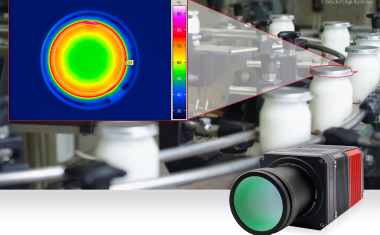
MWIR system camera for continuous industrial operation
Entry into infrared imaging
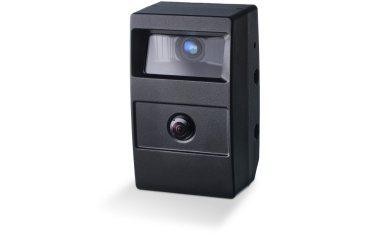
Sensor Fusion in Outdoor Applications
AI-Driven Collision Warning System for Mobile Machinery
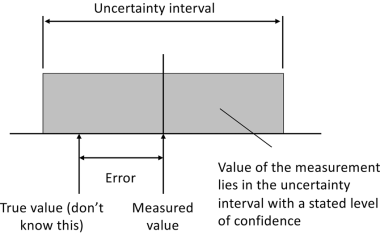
Measurement uncertainty in manufacturing: Understanding the basics
Why precise measurement results alone are not enough
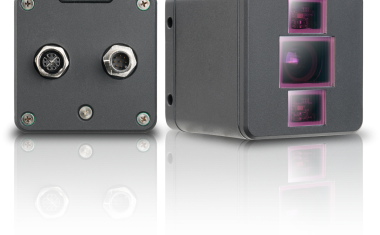
Time of Flight Method Ensures Depth Perception
Shape Recognition, Object Positioning, and Distance Measurements in Logistics






